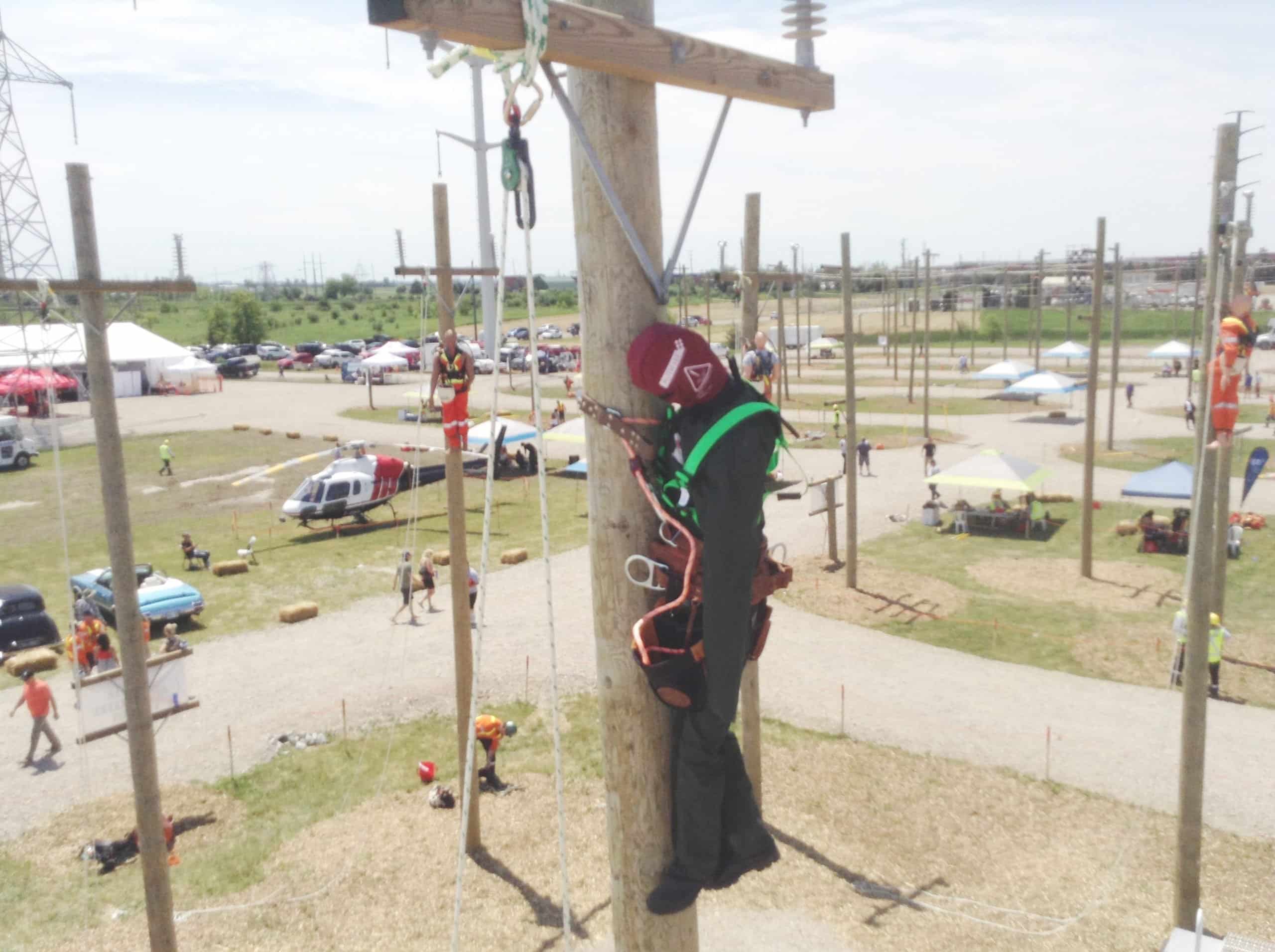If your employees are required to work at height, it is imperative that you understand and plan for the complexities of rescuing someone who has been rendered unconscious after a fall from height and is suspended in harness in mid-air.
Working at Height is statistically one of the biggest workplace dangers in the UK. According to a report released by the Health and Safety Executive (HSE), falls from height were the most common cause of fatalities, accounting for nearly three in ten (29%) fatal injuries to workers. Sadly, poorly planned rescues can potentially add to this number, as the risk is not only in the fall itself, but also in the speed and efficiency of the rescue.
When the thing that saved you becomes a risk
It’s not just the fall itself which is dangerous – the very harness which has arrested a fall and prevented a death can become lethal due to the way bodies are left suspended when unconscious. Suspension Trauma (also known as Orthostatic Intolerance or Harness Hang Syndrome) can kill – quickly!
Falls in the air, which render a person unconscious are particularly dangerous because of the risk of what’s known as suspension intolerance. Put simply, this is caused by venous pooling (blood gathering in the legs which are left dangling in the air) which then leads to a lack of blood passing through the heart. A decreased blood flow through the heart will lead to critically low quantities of oxygenated blood circulating to the brain and other vital organs.
When a person is unconscious it is very important to keep the legs raised to prevent this from happening and therefore rescuers need to move quickly to move the injured person to a horizontal position.
Plan your mid-air rescue to minimise the risks
With this in mind, it is absolutely imperative that employers create training that allows workers to quickly and efficiently rescue someone who is unconscious and suspended in the air.
Creating a realistic rescue scenario, where workers can train to manoeuvre an injured colleague to a safer position, without endangering anybody by using a live ‘victim’ can be achieved by using a training manikin or training dummy.
At Ruth Lee, we have designed a Working at Height manikin especially for this kind of rescue scenario. It has additional rigidity to reduce the amount of slumping when using a harness, has an anatomically correct weight distribution to accurately give the ‘feel’ of an unconscious casualty, plus it is available in a range of realistic sizes and weights to help demonstrate the difficulties of rescuing someone who is suspended in the air.
A manikin is the only way to replicate an unconscious casualty safely. A volunteer will subconsciously, though naturally, help the trainees – after all, no one wants knocks and bruises if they can prevent them! They will also shift weight when needed and won’t provide the ‘dead weight’ of a true unconscious casualty.
Our Working at Height manikin has been widely used by members of the International Rope Access Trade Association (IRATA) and numerous safety training companies and organisations across the UK and abroad.
In this video, you can see our Working at Height manikin used in a rescue scenario in Chile…
If you would like advice about this particular manikin, please get in touch and our experts will be happy to help. Call 01490 413 282
